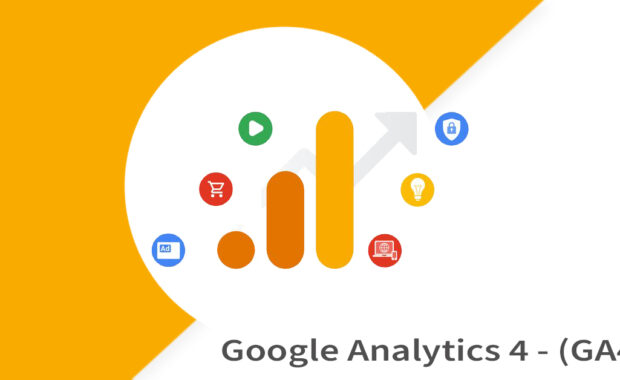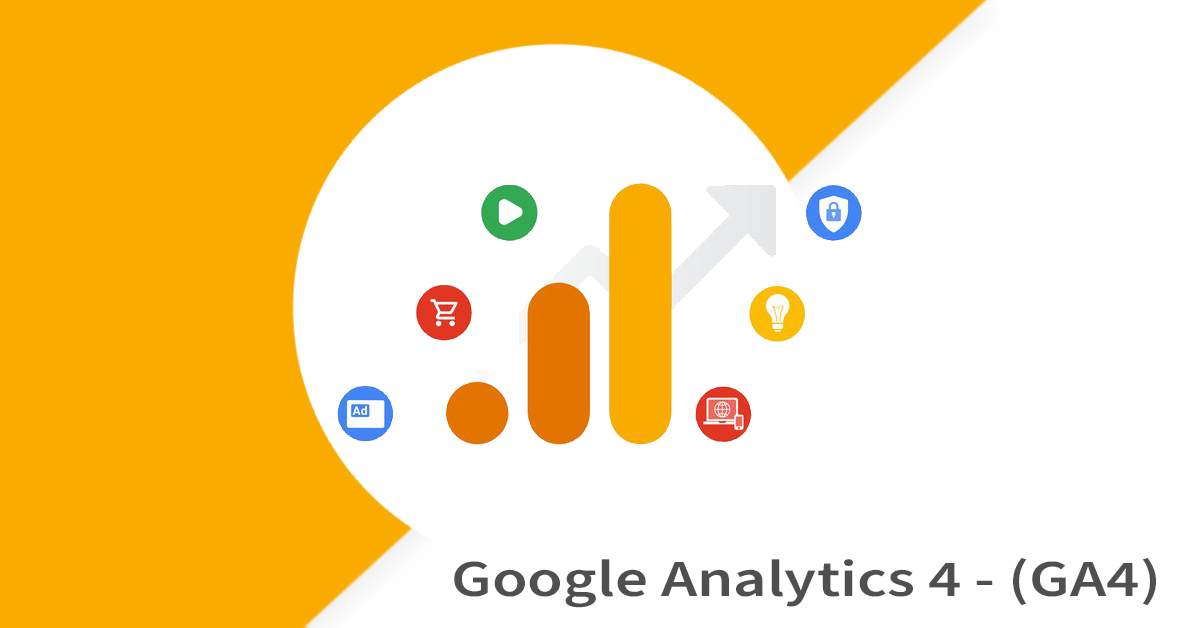Have you ever been in the middle of a DIY project and needed a specific tool, but found you didn’t have it in your toolbox? What did you do next? Some people would head out to the hardware store to purchase the exact tool they need. Others, however, would grab whatever is handy, and try to make do.
Which camp do you fall into? The “use the right tool for the job” person or the “use whatever is handy to finish the project” person?

Business Owners Need the Correct Marketing Tools for the “Job” of Increasing Sales
Often as small business owners, we take shortcuts to try to finish a task quickly. Most of us wear many hats and juggle diverse responsibilities at work and at home. There always seems to be more tasks than hours in the day!
But if you’re grabbing any old marketing tool to accomplish the job of increasing leads or sales, you’re doing yourself a disservice.
Like using a screwdriver to hammer in a nail, you may get the job done, or you may ruin the screwdriver and the piece of wood in the process.
A few examples of small business owners choosing the wrong tool for the project of generating leads and sales:
- Focusing on a website’s visual appeal but not incorporating the appropriate organic SEO methods to encourage high rankings in search engines and the potential traffic and leads high ranking gives them
- Paying for link building services without understanding the place of link building in a larger marketing scheme
- Spending hours each day on social media liking and commenting on posts without a clear strategy for using each channel
In each case, the marketing tool is a useful one. An appealing website is an integral part of all digital marketing strategies. Inbound links are a vital part of improving organic SEO. Social media is a useful marketing amplification tool for brand building and site traffic. Yet, if business owners focus solely on a single tool as a means to an end, they can easily waste time and money on unproductive activity and unprofitable marketing channels.
A Comprehensive Digital Marketing Plan Is Essential
How do you avoid the single-tool focus so common when small business owners try to DIY their marketing? By working with a digital marketing agency who has the experience needed to create a comprehensive digital marketing plan to accomplish your goals.
Each digital marketing plan is crafted based on multiple factors:
- The business itself: What does your business do?
- The products or services: What do you sell?
- The customer: Who is your customer? Where do they live, work, and shop?
- The goal: What are your goals?
- Analytics: Measuring current state and ongoing future performance, against goals.
From these four integral questions, your digital marketing agency will examine every facet of your business. They’ll dive deeply into your industry, geographic market, ideal customers, and products or services that you sell, creating a plan that should focus on measurable marketing goals or key performance indicators (KPIs).
Measurable, Accountable Marketing
After an initial period of research, questions, and potential meetings between your company and the digital marketing agency team, if you choose to hire the agency, they will create your business’ unique digital marketing plan.
From the onset, the goals of the plan should be clearly defined. And, once the goals are defined, the agency should provide specifics about which channel or tactic they are suggesting to reach the goals and why.
Digital marketing is highly measurable, meaning the return on marketing investment can be quantified. Therefore, the agency should also have a plan in place to report back to you, the business owner, how your marketing dollars will be spent, how they will be tracked, and what constitutes success.
But I Thought I Should…
Fill in the blank: I thought I should do _________ to promote my business and get more sales.
- Post to Facebook each day
- Run an ad in the local paper
- Pay someone to get me backlinks
- Write a blog
- Send out press releases each month
- Run Google ads
- Run LinkedIn ads
- Make YouTube videos
- Have a Pinterest account
- Post an Instagram story each day
Set aside your preconceived notions about how your industry (plumbers, doctors, HVAC contractors, printers, restaurants, auto body shops) should promote their business.
Often, business owners choose tactics because of something they’ve heard at a Chamber of Commerce meeting, or read in an article online, or heard from their uncle’s brother’s cousin. We’re not dismissing the helpfulness of presentations at Chamber meetings, online articles, or your uncle’s brother’s cousin.
We are, however, suggesting that someone focused specifically on your business’ unique needs may provide better guidance than a one-size-fits all approach.
Marketing Isn’t One-Size-Fits-All: A Custom Digital Marketing Plan Awaits
As you can tell, we believe that there’s never a one-size-fits-all digital marketing plan. No two businesses are the same, even if they operate in the same industry and in the same town. Their marketing plans shouldn’t be the same, either.
We’ve all been in the position of grabbing a screwdriver, flipping it over, and using the handle to hammer in a nail (haven’t we or is it just me?) when we realize we haven’t got the right tool handy to finish building that put-it-together yourself bookcase. If we’re lucky, the bookcase stands up. If we’re unlucky, we wreck the screwdriver handle and have a mess when the bookcase collapses because the nail wasn’t driven in straight.
Don’t leave your digital marketing success to luck. Speak with the experts at Dashboard Internet Marketing today. We have the right tools for the job, and will craft a unique marketing strategy and plan just for you. Call 763-242-2454 for a consultation.

















